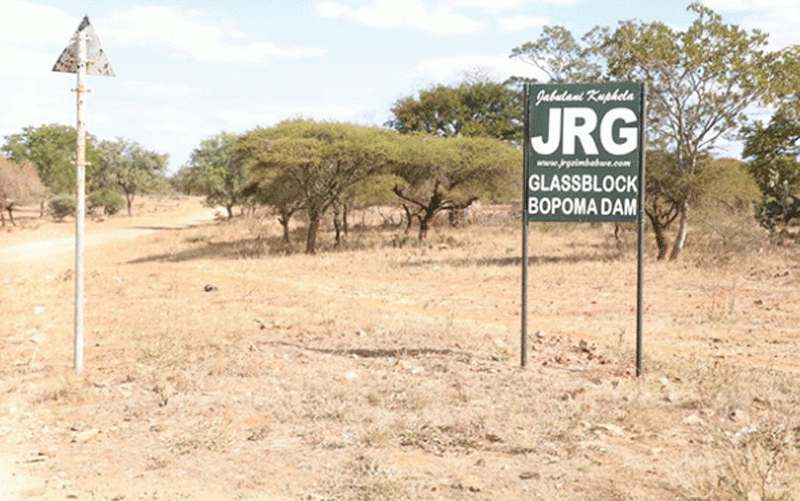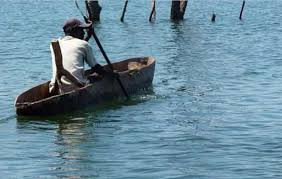
Bulawayo mayor David Coltart has renewed calls for the urgent construction of the Glassblock/Bopoma Dam, warning that the city’s future now hangs in the balance as water shortages reach critical levels.
The long-awaited project, detailed in the newly released Report on Glassblock/Bopoma Dam and Groundwater: Feasibility and Strategic Importance, is being positioned as the most immediate and cost-effective solution to end decades of crippling water challenges.
Residents are enduring the worst water challenges in years, going up to 130 hours without running taps, forcing them to rely on unsafe water sources,
“Bulawayo stands at a critical juncture in its quest for water security,” Coltart said in the report.
“For too long, our growth has been constrained by a fragile water system dependent on aging infrastructure whose yields have declined sharply due to siltation, illegal mining and the worsening impacts of climate change.”
According to the feasibility findings, the proposed Glassblock/Bopoma Dam will provide 70 megalitres (ML) of water per day within three years at a cost of US$0.90 per cubic metre, a fraction of what residents currently pay to informal water vendors.
The project is designed to stabilise the city’s supply network and restore confidence in Bulawayo’s ability to sustain both population and industrial growth.
By contrast, the Gwayi-Shangani Dam, which has been championed by central government as a long-term water solution, will take more than a decade to complete, and deliver water at US$2.47 per cubic metre, nearly three times the cost of Glassblock/Bopoma.
- Binga villagers dig in over relocations
- Concerns grow over fate of Binga villagers
- Villagers’ relocation to cost US$2m
- Binga villagers dig in over relocations
Keep Reading
It also requires a 252-kilometre pipeline and a 500-metre elevation lift, making it far more expensive to operate.
“The Glassblock/Bopoma Dam represents the most practical, least-cost and fastest-to-implement solution to Bulawayo’s current water crisis,” Coltart said.
“It offers a realistic opportunity to stabilise supply while other large-scale projects remain years away.”
The 80-page report paints a sobering picture of a city under siege from chronic water shortages.
Despite receiving above-average rainfall in the 2023–2024 season, Bulawayo’s reservoirs have continued to shrink.
Dam yields are now 34% below design capacity due to siltation, poor catchment management anda illegal riverbed gold mining.
The Inyankuni Dam now receives just 6% of its intended inflows, while Umzingwane and Upper Ncema have already been decommissioned.
Illegal gold panning upstream has stripped vegetation, destabilised river channels and released tons of sediment that have choked dams and destroyed pumping infrastructure.
The report cites the continued violation of Statutory Instrument 188 of 2024, which banned alluvial mining in and along rivers, but has seen little enforcement.
“Illegal riverbed mining has turned what should be a temporary shortage into a structural crisis,” the report indicated, warning that the destruction of catchment areas is undoing decades of investment in water infrastructure.
For Coltart, the crisis demands immediate and coordinated action.
“We need to identify and agree on the simultaneous construction phases,” he said.
“Phase One will involve the building of the dam and a water supply pipeline from Glassblock to the Ncema pump station. Phase Two will upgrade the Ncema water treatment works, improve pumping capacity to the Tuli Reservoir, and double the reservoir’s holding capacity from 45 to 90 megalitres.
“Both phases must proceed at the same time so that when the dam fills, Bulawayo’s residents and industries can immediately benefit.”
The report stressed that without new infrastructure, Bulawayo faces a permanent water deficit by 2040.
Current supply averages around 136 ML per day, far short of the 260 ML that would be required to meet unrestricted demand.
The city’s population, which has stagnated at around 655,000 since 2012, has been unable to grow precisely because of these water limits.
“Bulawayo has not grown because it cannot provide water,” the report bluntly concludes.
“Without major investments, the city’s future is capped by its water deficit.”
Groundwater, once considered a buffer, has also reached its limits.
The Nyamandhlovu and Epping Forest aquifers, designed to provide 18 ML per day, now yield barely 10 ML due to vandalism, power failures and poor maintenance. Vandalism of transformers and pumping equipment has crippled the system, with the parliamentary committee on sustainable development reporting earlier this year that only 17 of 40 boreholes were operational.
Coltart said the city could no longer rely on piecemeal fixes.
“Bulawayo’s water scarcity is not simply an environmental problem; it is a structural constraint on our economic survival,” he said.
“If we fail to act now, we risk the erosion of our city’s role as an industrial and commercial hub.”
The push for Glassblock/Bopoma is not new.
The dam was first identified as a priority project in a 1989 Zinwa long-term water plan, which placed it as the next major source after Insiza and Mtshabezi.
The Swedish consultancy SWECO later reaffirmed the site’s potential in 1996, projecting that it could meet Bulawayo’s growing demand well into the 2020s.
Since the completion of Mtshabezi Dam in 1994, however, no new water source has been added to the city’s network.










